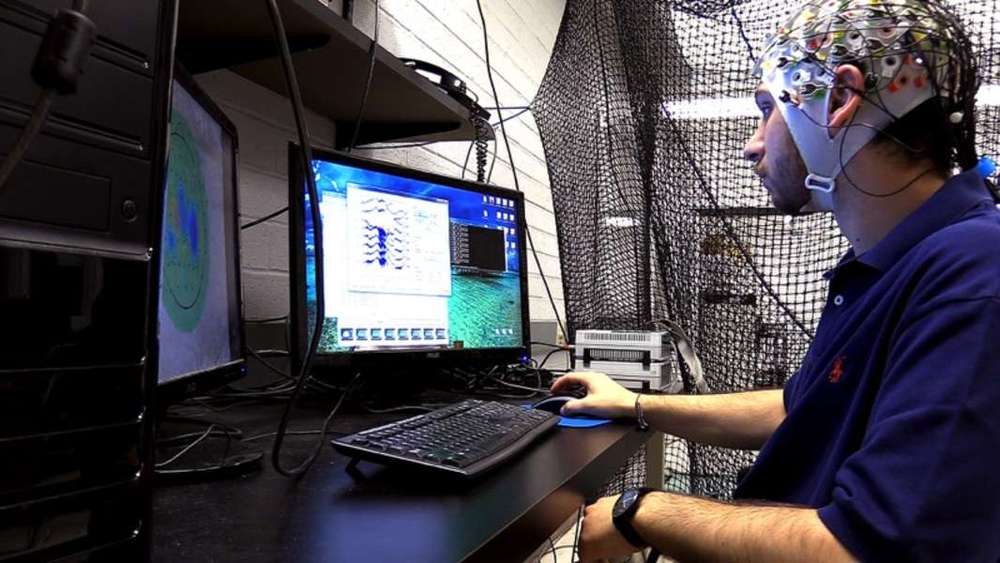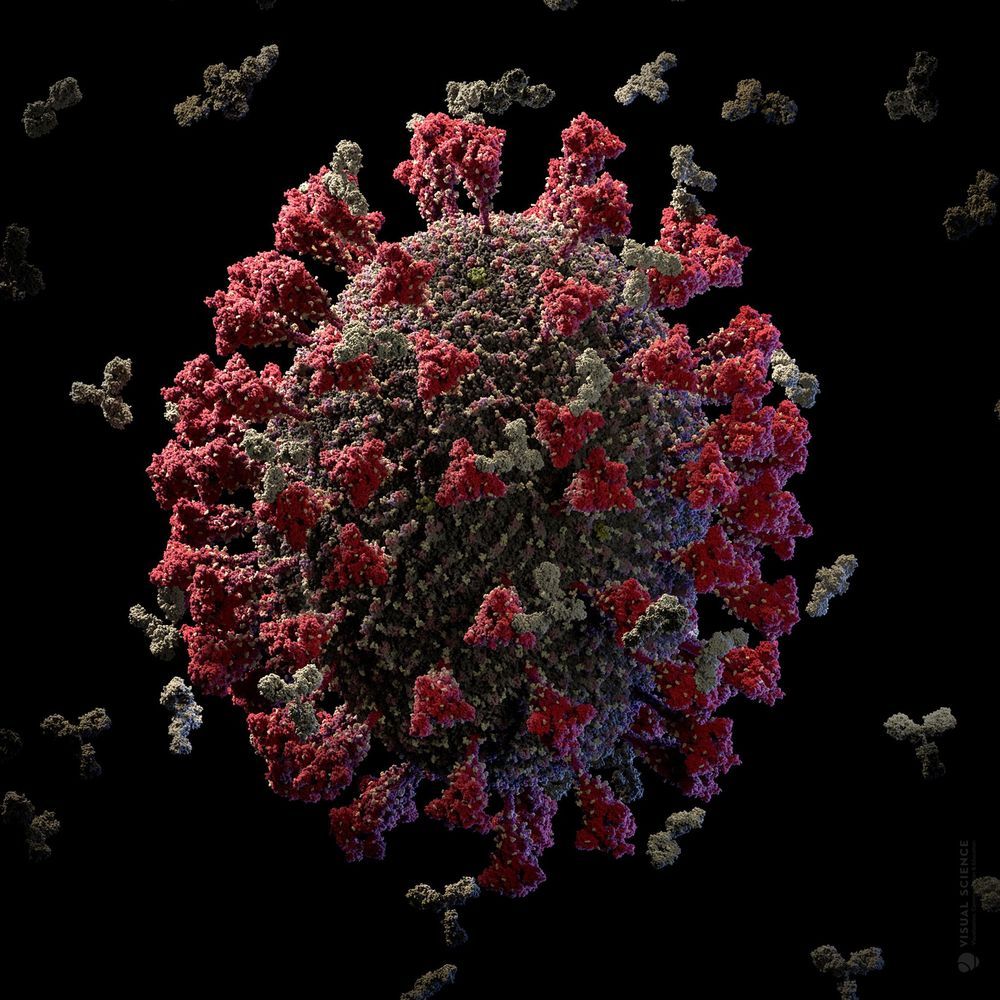May 30, 2020
Teslaphoresis-activated self-assembling carbon nanotubes look even cooler than they sound
Posted by Quinn Sena in categories: materials, nanotechnology
Circa 2016
Not all important scientific research is cool looking, or has a cool name. But now and then you get something with both. These self-assembling carbon nanotubes are created with a process called Teslaphoresis. If you’ve read a more impressive-sounding sentence today, I’d like to hear it.
Even the lab of Rice University chemist Paul Cherukuri looks like a proper mad scientist’s lair. But don’t let the flashy trappings fool you: this is a very significant development.


















